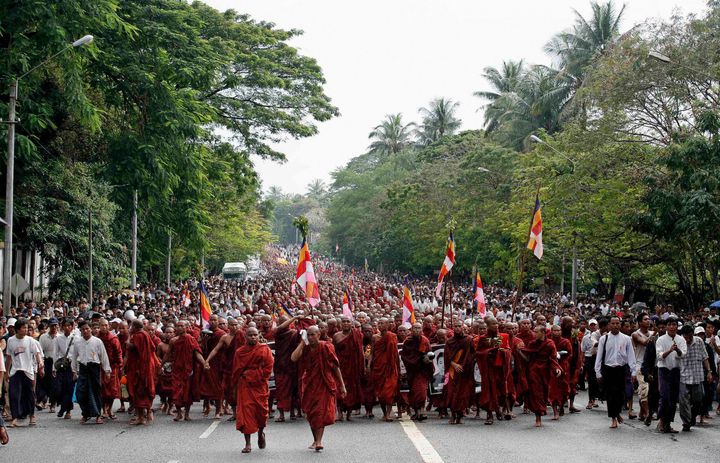
The massive socio-political movement in Iran, following the highly controversial announcement Saturday declaring Mahmoud Ahmadinejad the victor of that state's presidential election, is reminiscent of a number of other such uprisings during the past few decades -- with some being notably more violent than others. However, it should be noted, the situation in Iran is by no means a "revolution" at this junction, and experts and pundits aplenty agree that such an appellation would be both premature and inappropriate. Nevertheless, a look back is merited, given the situational picture painted by images, video and reports that have made their way out of Iran thus far.
An especially violent historical parallel is Rhodesia's (now Zimbabwe) Second Chimurenga, that began in 1964 and lasted until 1979, which began as a civil disobedience movement, but escalated into civil war against the minority white colonial ruling faction. The eventual result was Zimbabwean independence, with Robert Mugabe taking power over the new Republic of Zimbabwe in 1980. Read more here.
Second Chimurenga
A more peaceful example is Portugal's 1974 Carnation Revolution, which saw thousands of civilian dissidents take to the streets to side with military insurgents in the country's two-year-long civil war. The eventual result was an almost bloodless coup whereby an authoritarian regime was supplanted by democracy. Read more here.
Carnation Revolution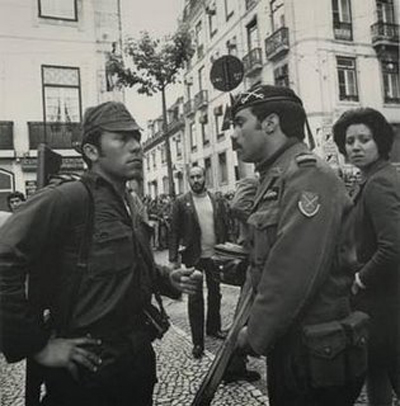
A very obvious parallel to Iran today is of course the Iranian Islamic Revolution of 1979, when demonstrators brought the country to a standstill and forced the US-backed Shah to flee. The result was that the monarchy was replaced with the current Islamic Republican system. Read more here.
Islamic Revolution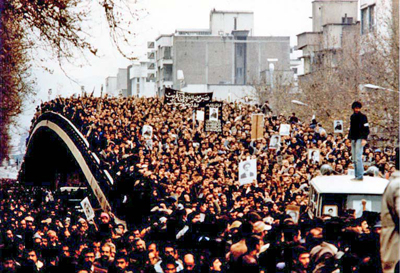
A popular uprising that saw far more bloodshed, however, is the 8888 Uprising in Burma (also known as Myanmar), when on August 8, 1988 student protesters joined with monks, doctors, housewives and even children in a call for democracy. The movement ended with the slaughter of thousands of protesters by the Tatmadaw (Burmese Armed Forces). This is also when opposition leader Aung San Suu Kyi, now on trial, entered politics. Read more here.
8888 Uprising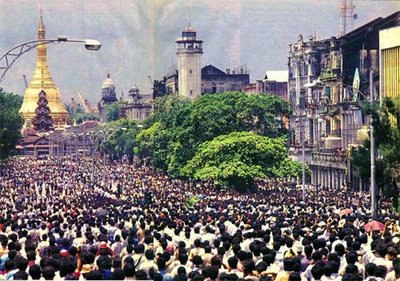
Another uprising in Burma came in September 2007, when tens of thousands of monks marched through the streets of all major cities to demand political change and better living conditions. The movement, called the Saffron Revolution because of the monks' red robes, grew to include Burma's former student leaders called the '88 generation as well as a new generation of dissidents. The protesters used new media tools like cell phones and Google Chat to send information on their uprising to the international community. However, like in 1988, the army quickly sent in troops, killing dozens if not hundreds of protesters and arresting thousands.
Saffron Revolution
Perhaps the most well-known (despite government efforts) similar example, however, is China's Tiananmen Square protests of 1989. The protests saw upward of one million people -- many of whom were students and intellectuals -- gather in and around Tiananmen square following the death of pro-democracy, pro-capitalism opposition leader Hu Yaobang. The protests grew into a larger outcry against government corruption and ended in a massacre. Read more here.
Tiananmen Square Massacre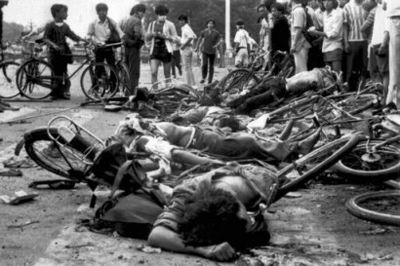
Less violent and also in 1989 was Czechoslovakia's Velvet Revolution against the ruling Communist party. Thousands of students took to the streets, only to be suppressed by armed police. Their suppression, consequently, led to even larger demonstrations and nationwide strikes, eventually forcing the Communist government to step down. Read more here.
Velvet Revolution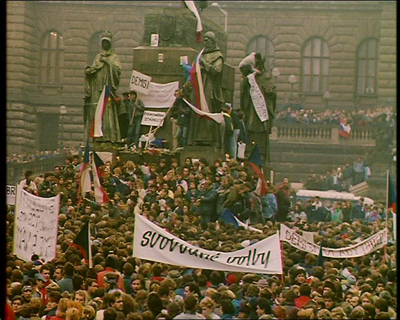
Similarly, what has become known by many as the Colour Revolutions took place in four countries and were characterized by mostly non-violent demonstrations in post-Communist Eurasia. They are: the Bulldozer Revolution in Serbia in 2000; the Rose Revolution in Georgia in 2003; the Orange Revolution in Ukraine in 2004; and the Tulip Revolution (also known as the Pink Revolution) in Kyrgyzstan in 2005.
Bulldozer Revolution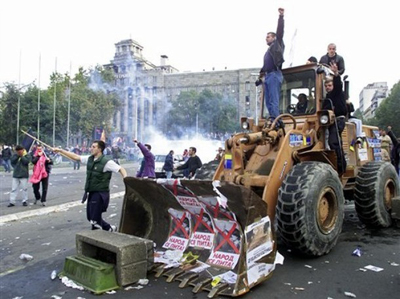
Rose Revolution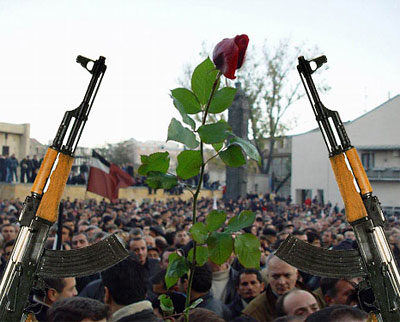
Orange Revolution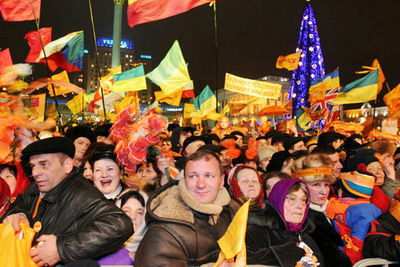
Tulip Revolution
It should be stressed that no two "revolutions"/uprisings/mass demonstrations can ever be the same. However, reflecting Mark Twain's insight -- that, though history never repeats itself, it can sometimes rhyme -- there are often notable parallels. The Colour Revolutions shared a mostly nonviolent approach centered around a symbolic color (much as we are seeing now in Iran with Mousavi's "Green Wave"). And Tiananmen and Burma were begun by students and young intellectuals from the universities (also similar to the current Iranian demonstrations, though Iran expert Trita Parsi points out that it is far more heterogeneous than that which is assumed).
Historical examples cannot possibly tell us definitively what will happen in Iran as the demonstrations and consequential crackdowns continue. However, past mass movements to effect social and political change are surely serving as motivation and inspiration now, given the reformist mentality of Mousavi and his supporters. Only the coming days will tell us more.
What protests or uprising had an impact on you? Leave your ideas and reflections in the comments below.
